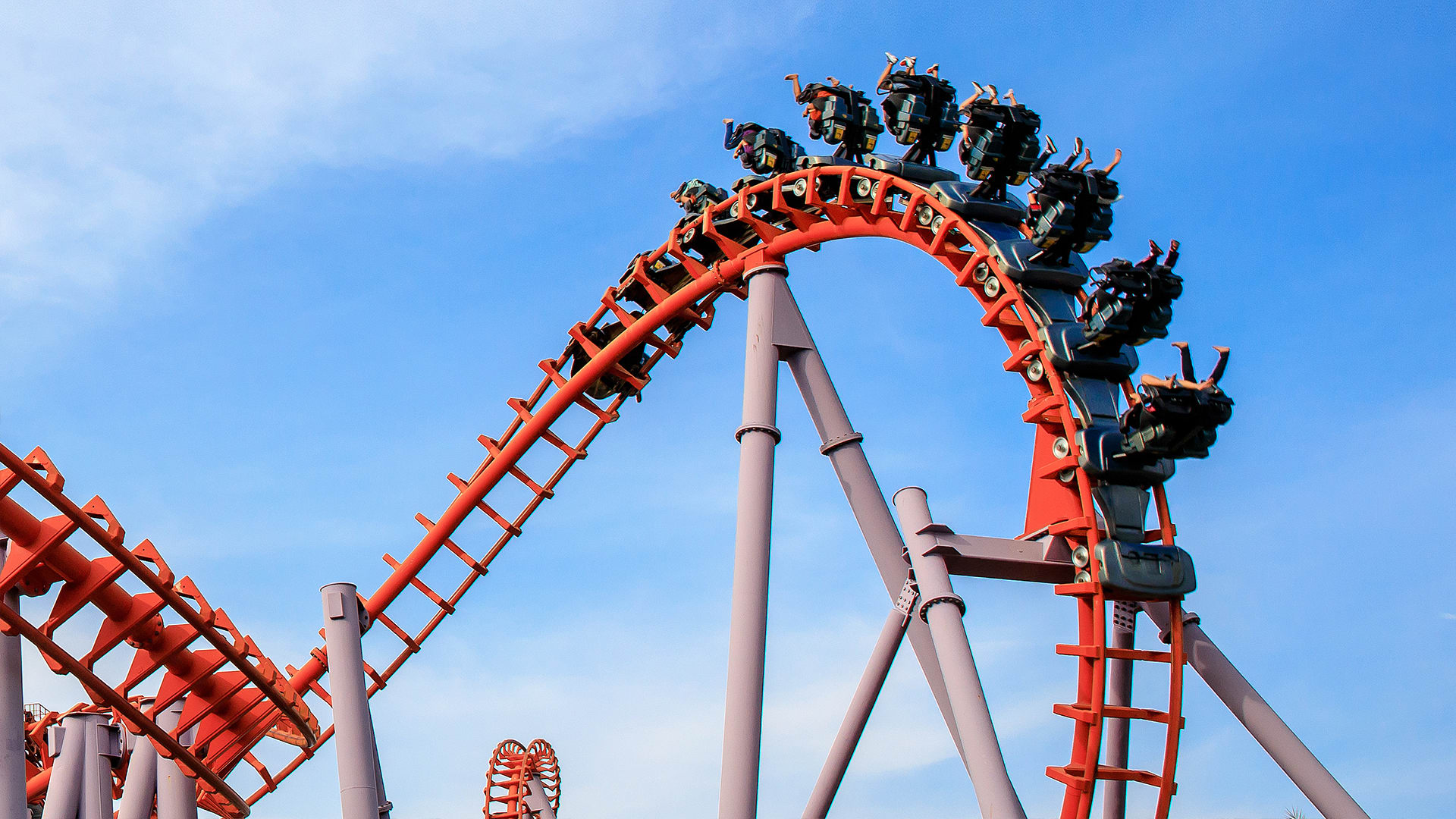
DISCUSS:
How do roller coaster cars move if they don’t have an engine? (Where do they get their energy from?)












If you need a natural stopping point!
Teachers: If you are short on time, this is a good stopping point. We recommend leaving your students' tracks set up so they can get right to experimenting at the start of the next session.
If you’re continuing right now, advance to the next slide.











If you need a natural stopping point!
Teachers: If you are short on time, this is a good stopping point. The next experiment will require your students to get additional marbles.
If you’re continuing right now, advance to the next slide.





Discuss (1 of 2): Look at the "Wonder" column of your class See-Think-Wonder chart. Have any questions been answered by this Mystery?
Look at the drawing of the Ok Go Rube Goldberg Machine.
Discuss (2 of 2):
What would happen if the height of a starting point was lowered?
What would happen if the height of a starting point was raised?
Get a new Rube Goldberg Machine conceptual model worksheet and add your new learning from Mysteries 1 and 2.
Draw a circle around all of the places energy is stored.
Draw a box around all of the places energy is released.
Label all of the places there is a high starting point.


energy
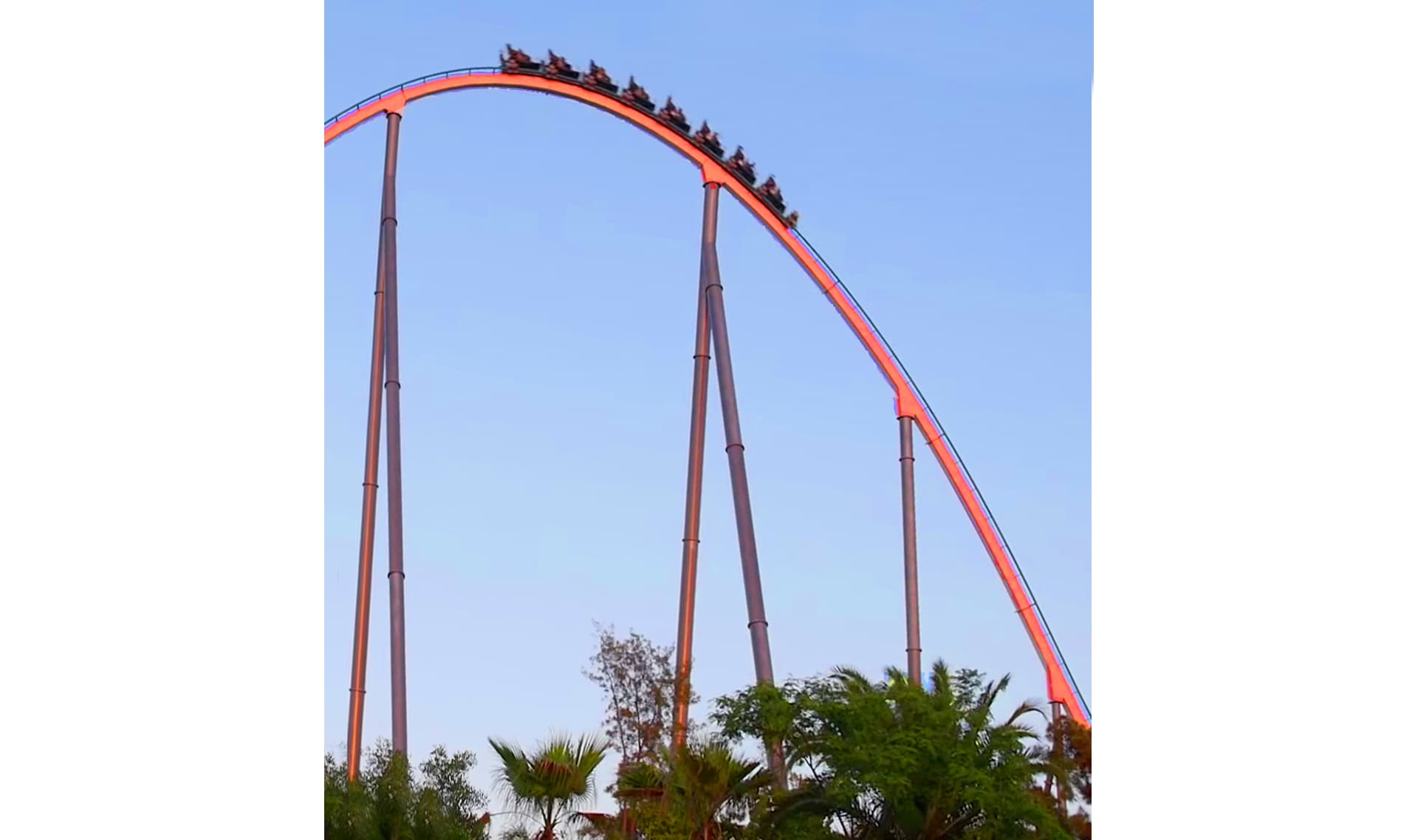
gravity
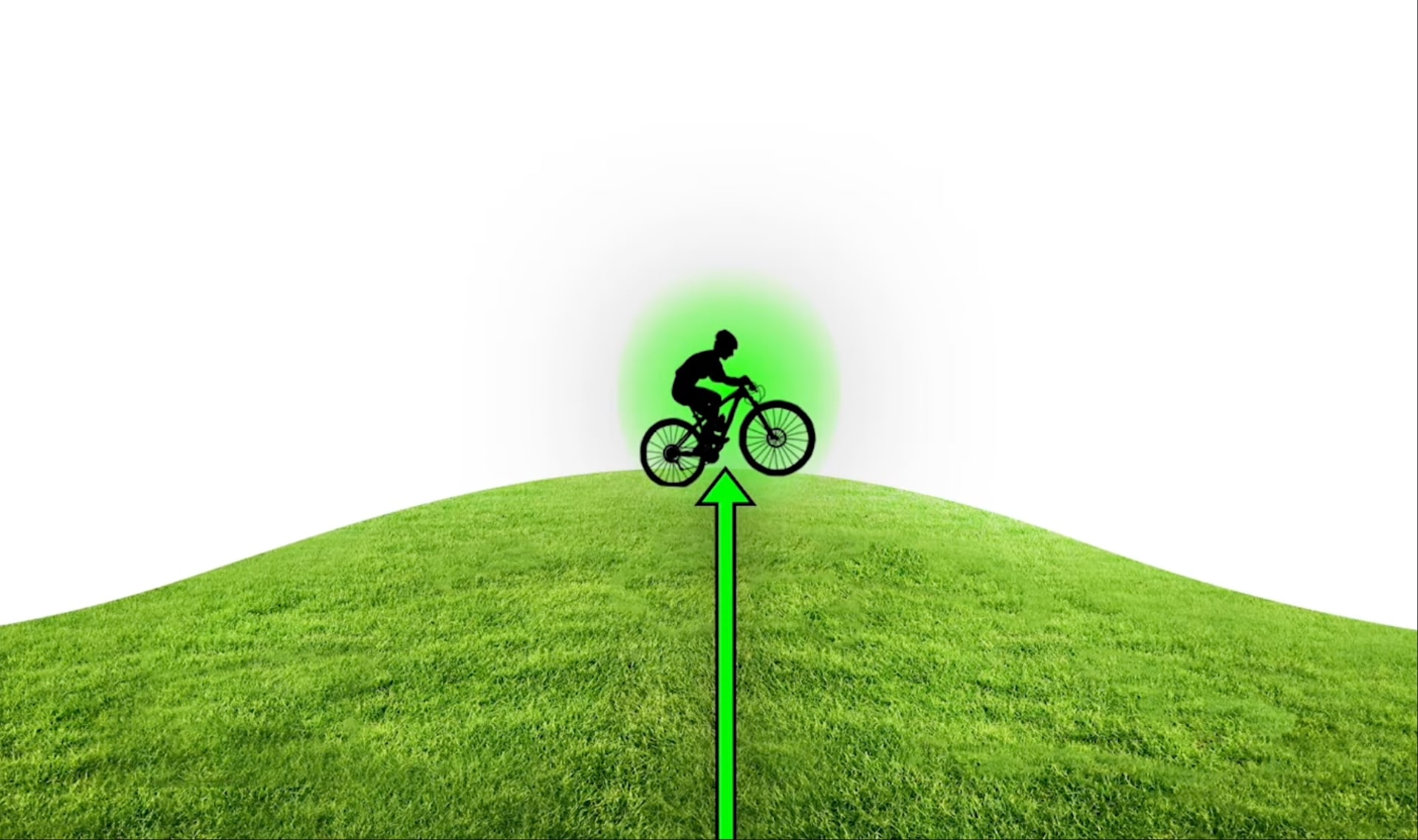
gravitational energy (height energy)
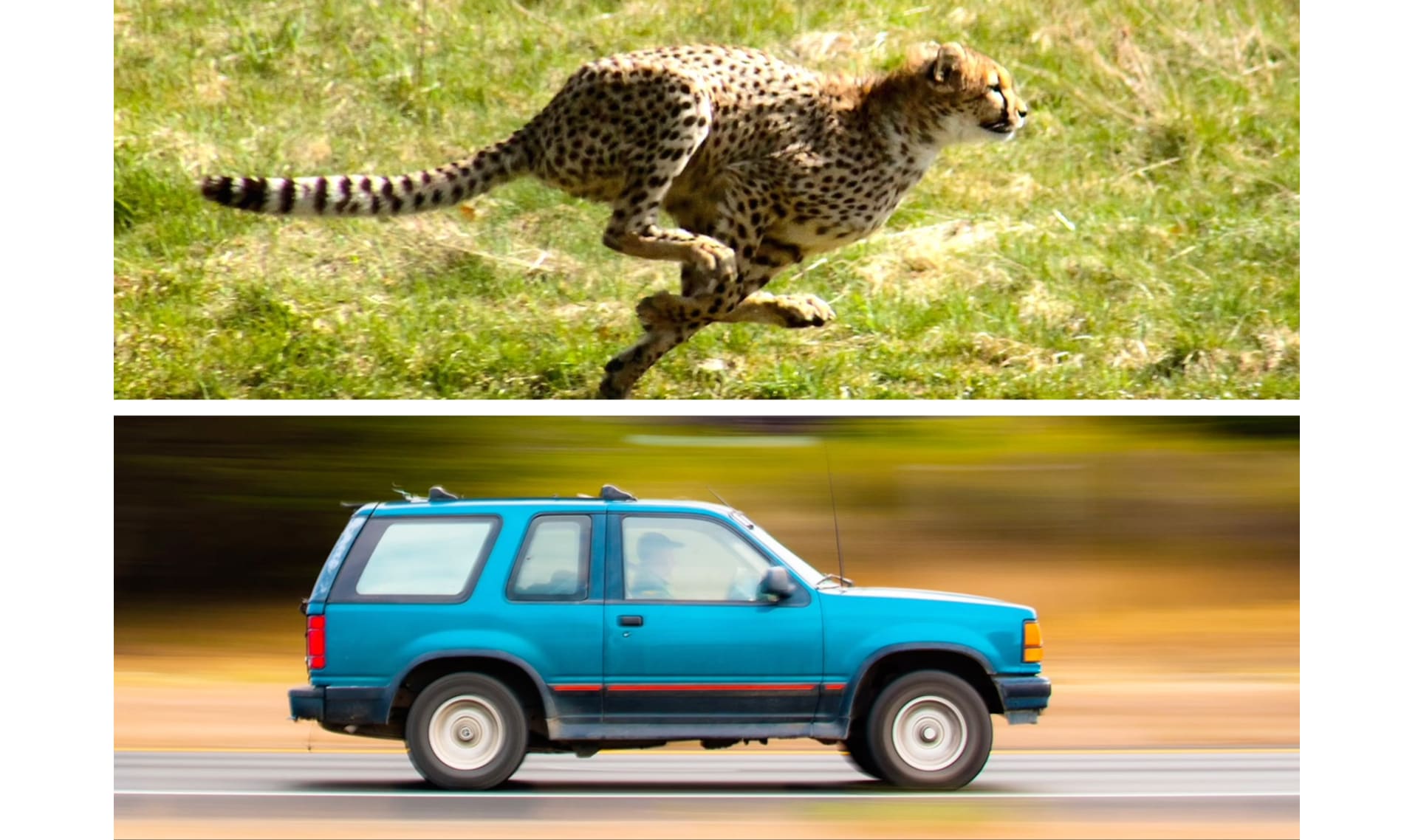
speed

collision

energy transfer

sound energy
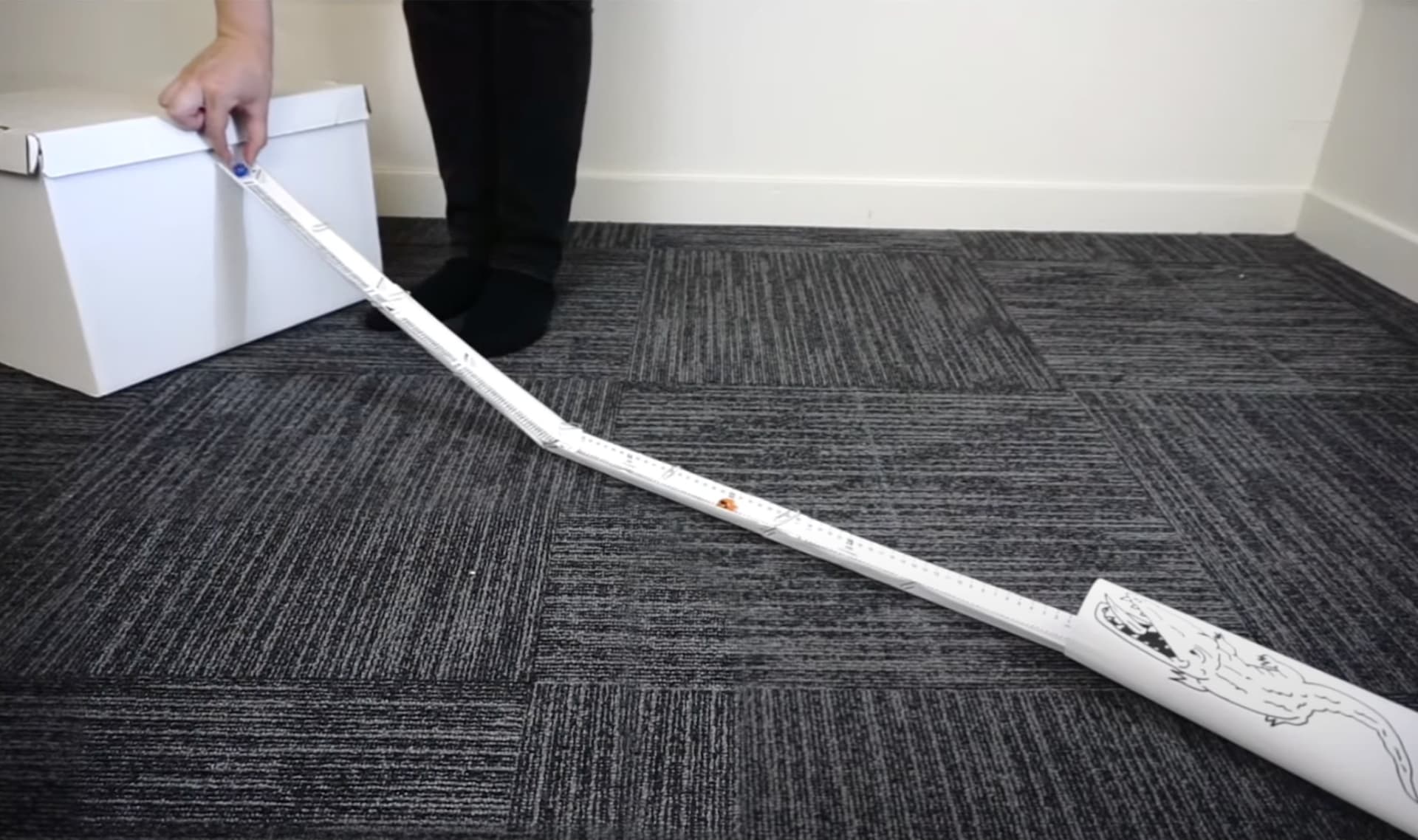
experiment

model

